Tablet Calibration for Commercial Product Images of Online Purchasing
By Nuanjan Narakornpijit
Color Management
The usage of tablets and smart phones for online purchasing has increased dramatically in recent years. However, in the retail space many product marketers require a color-critical display to attract customers and minimize product returns. The present study evaluates calibration procedures for tablet-based computers and suggests that when used properly these devices can be improved through careful calibration procedures.
Background
A 2016 survey by United Parcel Service (UPS) indicated that online purchasing accounted for 51% of all retail purchases, up from 48% the previous year. The study concludes that this trend is likely to accelerate in the near future. As smartphones and tablets are more widely adopted, it is reasonable to presume that online shopping will be conducted using these devices. It is relevant to note that research suggests that on-line shoppers are demanding a seamless experience for Internet-based purchases when compared to shopping in physical retail stores, regardless of the platform utilized. Therefore, the presentation of product images is critical: to the on-line shopper product images are the manifestation of both product design and quality. Research of consumer behavior also indicates that consumers require product details when making purchasing decisions (e.g., Chau et al., 2000).
It is important to recognize that, although product presentation is crucial, the presentation of products on monitors, tablets, and smartphones frequently differs from how the product appears in a physical environment (Katawetawaraks and Cheng, 2011.) Clearly, this suggests a concern for retailers and consumers. Of all retail products, cosmetics are especially challenging for Internet-based purchases: Consumers demand accurate color and texture rendition. The need for accurate image control expands beyond retailing; for example, journalists, including beauty bloggers, review cosmetic products online in order to provide detailed information to consumers that will not otherwise be available.
While critical consumers have the ability to calibrate their computer monitors using built-in tools and low-cost colorimeters, tablets and smartphones have not traditionally offered the same level of control. Recent developments in this area could provide the ability to calibrate and standardize tablet and smartphones, resulting in the more accurate representation of retail products, including cosmetics.
Objective
1. To study the methodology of a tablet calibration?2. To determine which condition of the lighting environment is preferred for the commercial product tested. In the present research, actual cosmetics are compared to their resultant digital screen replication
Research Questions
1. What is the methodology required for tablet color calibration?2. Are color calibrated tablet images more accurate than images displayed at the default settings?
3. Is there a difference in images viewed under various illuminant settings when displayed on a color-calibrated tablet?
Equipment and Materials
1. Hardware including tablet, computer notebook, i1Display Pro, Digital camera DSLR, and a standardized viewing condition (light booth).2. Software including X-Rite ColorTrue application on a tablet, i1Profiler software, and X-Rite Device Services software.
3. Actual products of eye shadow palette (Smashbox-brand), including a High saturation palette, Warm color palette, and Dark/cool color palette.
4. Product images from the company website.
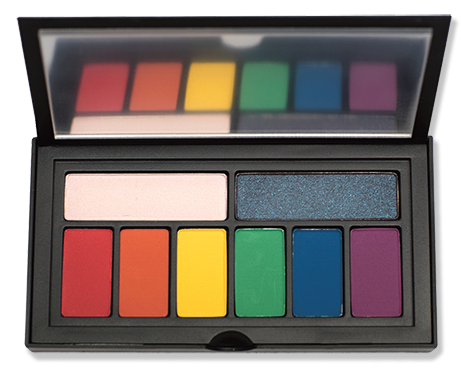
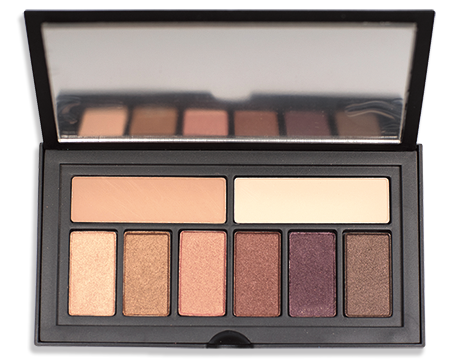
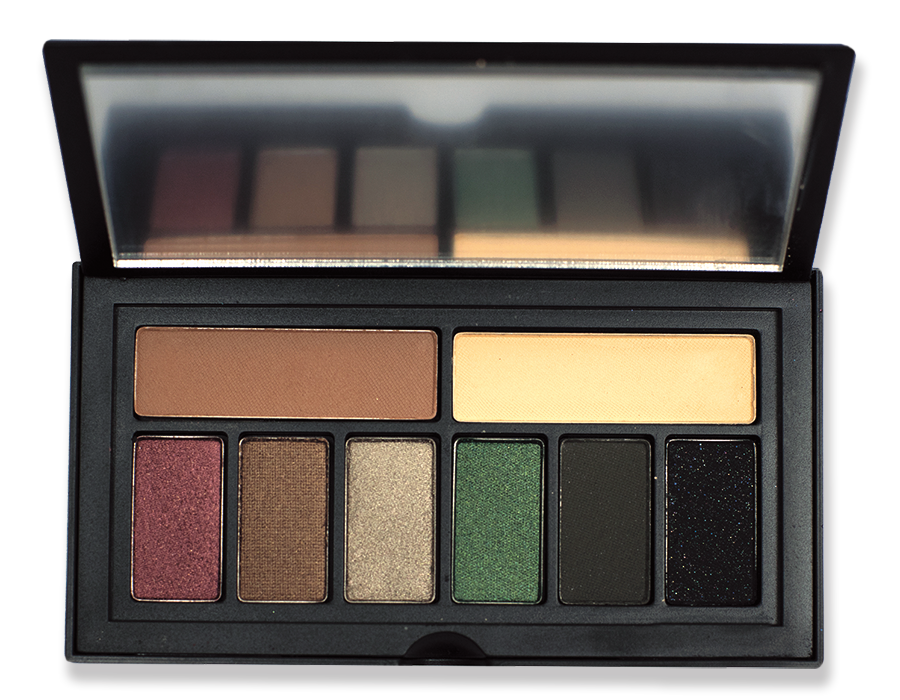
Methodology
In order to address the research questions, several steps were taken to conduct the evaluation. First, the commercial products were prepared, as was the software on the tablet and supporting computer. In order to use the selected tablet calibration utility, a computer-to-computer network needed to be set up between a computer and the tablet computer running X-Rite ColorTrue software; the i1 Display colorimeter was used for the calibration but the USB needed to be plugged into the computer while the device was placed on the tablet. Using the manufacturer’s recommendations, the tablet was calibrated. Qualitative data were then collected.
I. Commercial Product Image Preparation
1. Products are photographed in the standardized viewing booth using D50 lighting and a DSLR Camera. The images are then exported to a tablet computer.2. Images of the photographed products from the company website are saved for comparison.
II. Software Installation Preparation
1. Download software X-Rite ColorTrue to the tablet.2. Download i1Profiler and X-Rite Device Services software on the computer.
III. Tablet Calibration
1. Create a computer-to-computer network on the computer.2. Connect the tablet to the computer with the computer-to-computer network.
3. Connect i1Display Pro with the computer using a USB cable.
4. Open X-Rite ColorTrue application in the tablet. It automatically synchronizes with the i1Display Pro.
5. Turn on the i1Display Pro and place it at the provided location on the tablet.
6. The software runs and calibrates the tablet.
IV. Collect the Qualitative Data
1. Open all images in the X-Rite ColorTrue application.2. Visually compare images between calibrated with illuminant native, D50, D65 and uncalibrated images. Determine which function provide more accurate color when the images are compared with the actual products in the light booth.
3. Visually compare between calibrated and uncalibrated images taken from the light booth. Determine which user-selectable functions provide more accurate color when compared with the actual products in the light booth.
4. Visually compare the calibration images taken from the light booth in different white points, specifically, native, D50 and D65. Determine which function provides more accurate color when compared with the actual products in the light booth.
5. Visually distinguish between original photographic images taken in the light booth and subsequently displayed on the tablet, and images of those same products as the website’s images. Determine which images are visually closer to the actual products.
Result
A focus group consisting of four Rochester Institute of Technology School of Media Sciences graduate students plus the researcher conducted qualitative visual comparisons with the following variables: Calibrated tablet versus Uncalibrated tablet.
1. Images photographed under various illumination, specifically, native, D50 and D65 as compared to each other when viewed on the calibrated tablet.
2. Images photographed under various illumination, specifically, native, D50 and D65 as compared to the images as displayed on the company websites when viewed on the calibrated tablet
When asked to compare images displayed on the tablet to the actual product, independent viewers agreed that the images displayed on calibrated tablets provided superior color rendition when compared to those same images on the uncalibrated tablets. This was the consensus finding of all of the focus group. In addition, images displayed under the D65 illuminant provided the best visual for the High saturation palette and the Dark / Cool color palette, while D50 was deemed to provide the best visual appearance for the Warm color palette. Again, all members of the focus group achieved consensus on this finding.
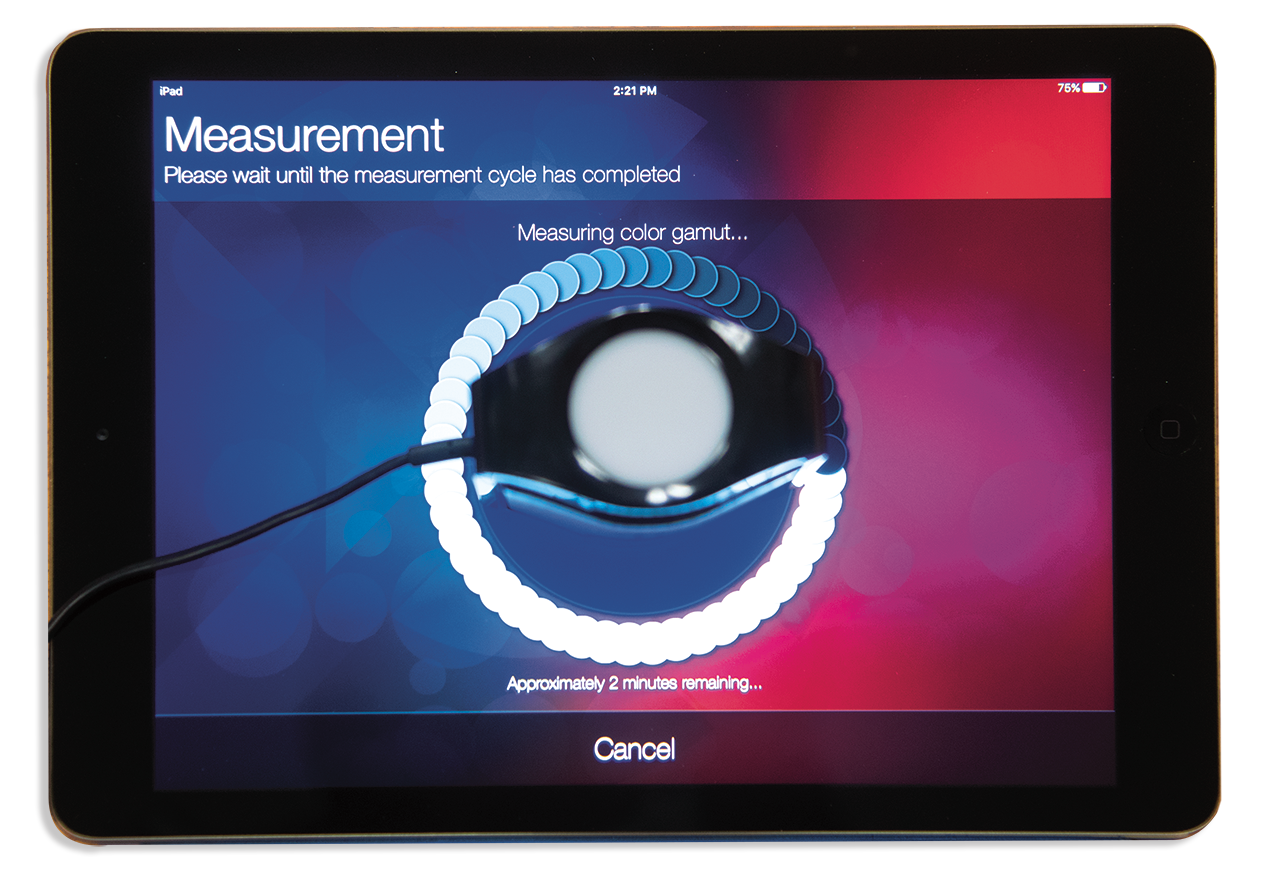
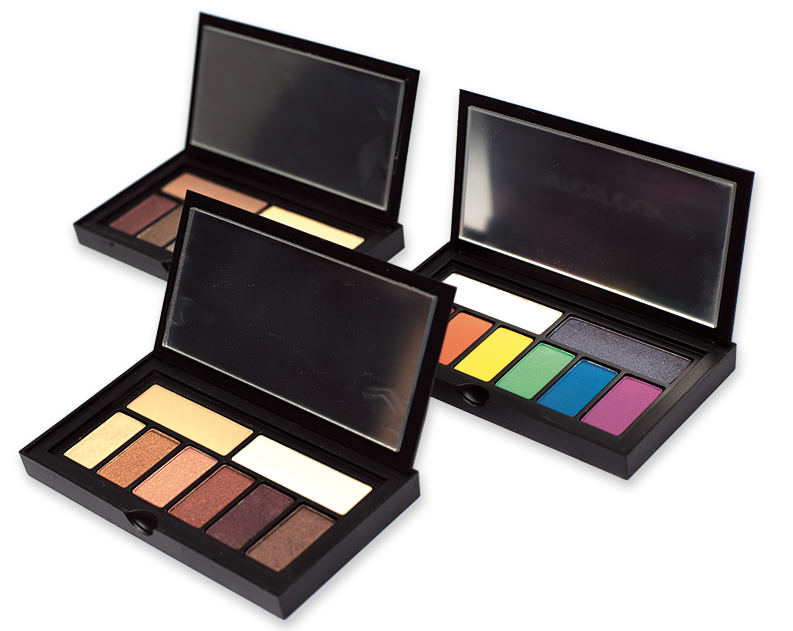
Conclusions and implications
A calibrated tablet presents a closer actual product color than a tablet that was not calibrated. This suggests that the technology is promising for color-critical applications, such as the retail purchase of cosmetics. Viewers suggested that the optimal white point Illuminant to be largely image dependent; the tending of D65 toward blue appeared to assist the color saturation whereas the more yellow D50 suits to the warm tone product color.
To standardize visual color of the online product, brand owners should consider Illuminant selection for a particular product that can present the best quality for the same illuminant of the tablet screening output. While some may suggest that these procedures are too complicated for common consumers, professionals and journalists may utilize these controls in their remote analysis of color-critical products.
Further, the application of tablets for purchasing in kiosks at retail sites may help to minimize inventories while providing color-accurate viewing for product selection consumers. It is suggested that not only cosmetics, but textiles, home décor, and architectural paint sales could possibly benefit from such color-critical, tablet-based kiosks.
In addition to consumer applications, there are other likely instances in which a tablet or smartphone can be utilized in color-critical scenarios. For example, it is not hard to imagine instances in which a tablet device could be used for color proofing. In a 2013 survey conducted at Rochester Institute of Technology, over 80% of pre-media managers indicated that color-managed virtual proofs were acceptable, and over 60% predicted an increase in virtual proofing technologies. With the integration of digital tools for printing customer-facing job tracking and overall trends for faster turnaround, Wi-Fi enabled tablet-based computers could include proof approval as a comprehensive printing job management solution. The need exists to better color manage these devices. The present study supports that technology exists for the successful color management of mobile devices.
It also recognizes that future researchers may repeat these procedures using more subjects in psychophysical analyses to add validity to the present conclusions.
References
UPS. (2016). The fifth annual UPS Pulse of the Online Shopper™ study. Retrieved from https://pressroom.ups.com/pressroom/ContentDetailsViewer.page?ConceptType=PressReleases&id=1465390876904-365
Chau, P., Au, G., & Tam, K. (2000). Impact of information presentation modes on online shopping: An empirical evaluation of a broadband interactive shopping service. Journal of Organizational Computing and Electronic Commerce, 10(1), 1-21.
Katawetawaraks, C., Cheng, LW. (2011). Online Shopper Behavior: Influences of Online Shopping Decision. Asian Journal of Business Research, 1(2),70.
Myers, Bruce Leigh (2014), “The Usage of Virtual Proofing Technologies for Contract Proofs in Commercial Printing Organizations. Visual Communications Journal, Graphic Communications Education Association, 50 (1), 7.
UPS. (2016). The fifth annual UPS Pulse of the Online Shopper™ study. Retrieved from https://pressroom.ups.com/pressroom/ContentDetailsViewer.page?ConceptType=PressReleases&id=1465390876904-365
X-Rite (2017). Color Perfection for Mobile Device. ColorTrue. Retrieved from http://www.xrite.com/categories/calibration-profiling/colortrue





